
If I told you,
There is a model that has been waiting for more than a month.
What was the first reaction? Lexus?
If you add another condition, what about mixing?
What if I say it’s still a self-owned brand?
All right, no suspense.
I’m talking about BYD Qin (parameter picture) PLUS DM-i, which is hotly discussed this year.
Author Yu Wenhao Layout Tong Wei
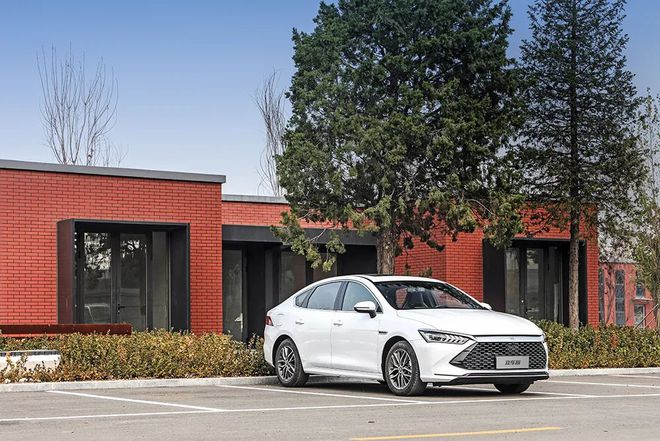
Qin PLUS DM-i is probably the most concerned hybrid model this year. Before, the hybrid world has always been controlled by Japanese "two fields", but the problem is that compared with similar fuel vehicles, the effect of high price, low configuration and fuel saving is even less obvious. But what people didn’t expect was that BYD’s DM-i super hybrid system launched this year made people shine. The fuel consumption is 3.8 liters per 100 kilometers, the comprehensive cruising range of oil and electricity is over 1,200 kilometers, and the acceleration of 100 kilometers is 7 seconds. Is it a bit shocking to see these figures? He can surpass the mixed performance of Corolla dual-engine and Lingpai Rui at the same level. How to do it? Let’s talk about this DM-i super hybrid system first.
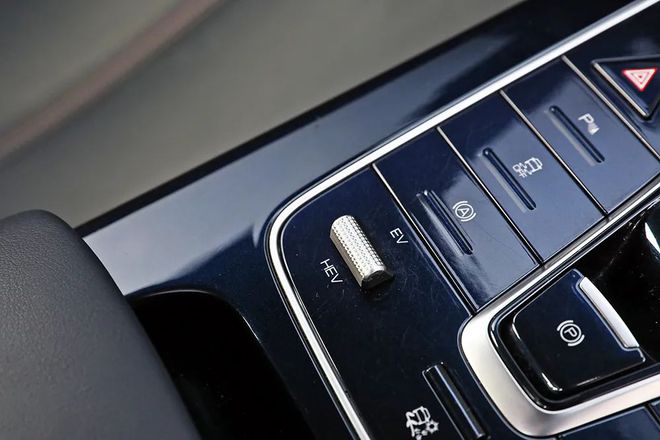
The core of this system is to save fuel, mainly driven by electricity. That is to say, the motor is the protagonist here, doing the most work, but the engine does the least work, and only appears when it is the most fuel-efficient. This is different from the purpose of the DM-p hybrid system carried by Han, which is more for the pursuit of power. The working form mainly depends on the cooperation of engine, generator, driving motor, battery and electronic control system. Similar to most hybrid technologies, there are four modes: EV pure electric, HEV series, HEV parallel and high-speed engine direct drive.
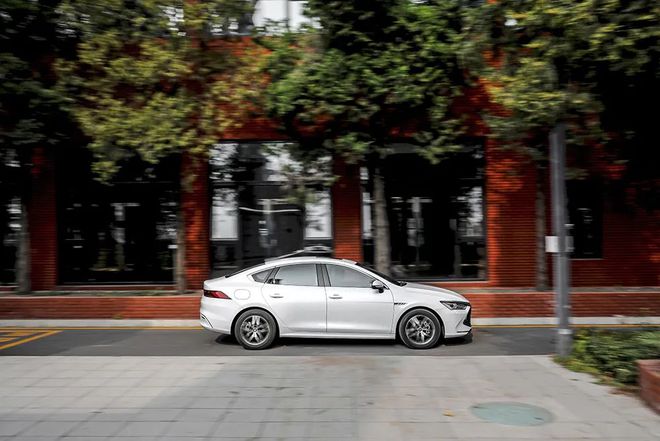
Although the model of DM-i super hybrid system seems ordinary, there is a lot of learning in it. The most important part of this structure is the EHS electromechanical coupling unit, including the drive motor and generator, and also with a clutch. The combination of the three works to realize the series-parallel operation of the above two kinds of power, and the highest efficiency of the drive motor here reaches 75%. The battery pack adopts BYD’s unique Ferrous lithium phosphate blade battery, and its pure battery life can reach up to 120km, so its safety and life are more reassuring than ternary lithium battery.

The Xiaoyun-Plug-in special 1.5-liter engine, similar to the range extender, has a thermal efficiency of 43.04% through technologies such as split cooling and intelligent thermal management. You should know that the thermal efficiency of 8ZR-FXE on Toyota Corolla is 40%, and the highest thermal efficiency of M20A-FXS is 41%. This kind of high thermal efficiency is just used in the mixed high-speed state, so it is more fuel efficient.

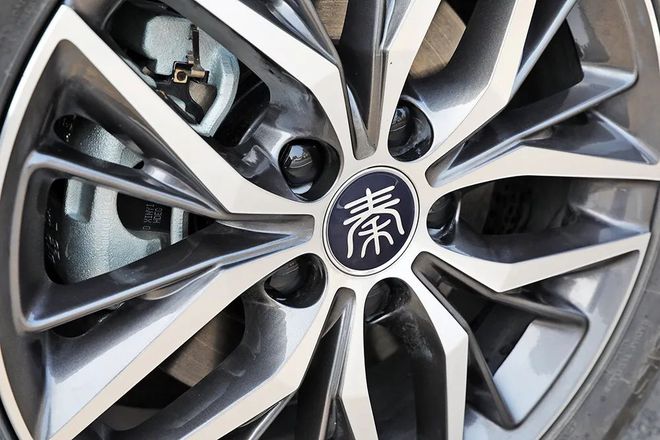
The front face of Qin PLUS DM-i is still the style of BYD’s family-style Dragon Face dragon. The ladder-shaped large mouth grille is unique to the hybrid version. The EV version is similar to Han, and the grille will be smaller. The headlights are all LED, and the daytime running lights are in arrow feather style. The roof line behind the B-pillar is directly connected with the tail, which has a certain sense of coupe, which is also a popular design technique in recent years. Except for the low-profile 16-inch rim, all others are equipped with standard 17-inch rims, and the tires are Atlas AS380 owned by Linglong, which belongs to a niche brand. A popular penetrating taillight, with a dragon’s claw mark style with family imprint after lighting.

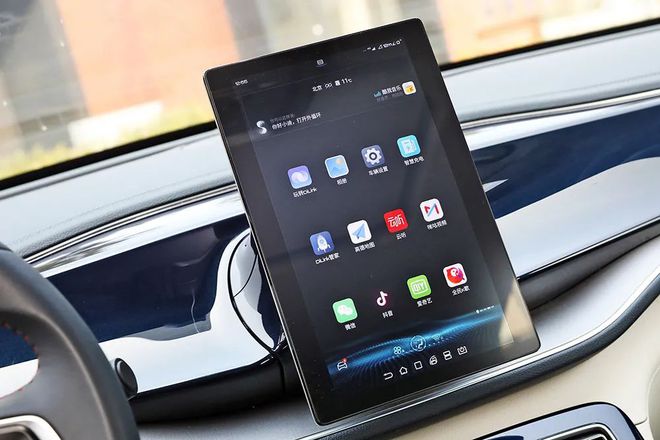

The brand-new inner room has a sense of design with a wave-like shape, and many soft materials are wrapped in grades. The central control large screen comes standard with 10.1 inches, and the top is 12.8 inches. Like other BYD models, the screen supports rotation. Car machine is DiLink 3.0 intelligent networking system, which supports voice, navigation, APP and other functions. Mobile apps such as Tik Tok and bilibili can be extended at any time, and the overall performance of the system is of the first-class level. The electronic bar is designed with texture, and most functions in the central control area are displayed in Chinese, which is very friendly to Chinese people. At the same time, the middle and high-end models have functions such as wireless charging of mobile phones and driving mode options. The top model adds multi-color atmosphere lights and ACC adaptive endurance function to enhance the sense of grade. The embedded instrument panel looks small in size, but rich in information display, and it can also be equipped with a racing instrument panel designed on the steering column. Of course, the details of this car still need to be optimized, such as the dim lighting in the car at night, and the conflict between the wireless charging position of the mobile phone and the cup holder.

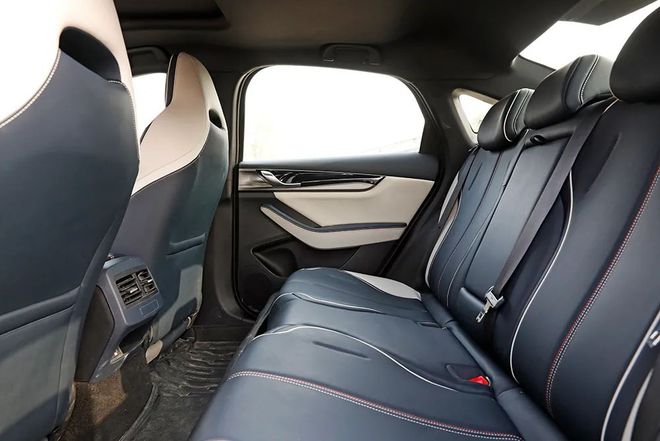
In terms of space, the shape of the front integrated sports seat is in place, and the sense of wrapping is still good. The length of the chair cushion can support the whole thigh, which is commendable. There is nothing wrong with the performance of the rear space, the wheelbase of 2718 mm is equivalent to that of the same level, there is no slot in the rear leg space, and the support of the seat to the thigh is also in place, but the head space will be slightly cramped for adults about 1.8 meters tall.
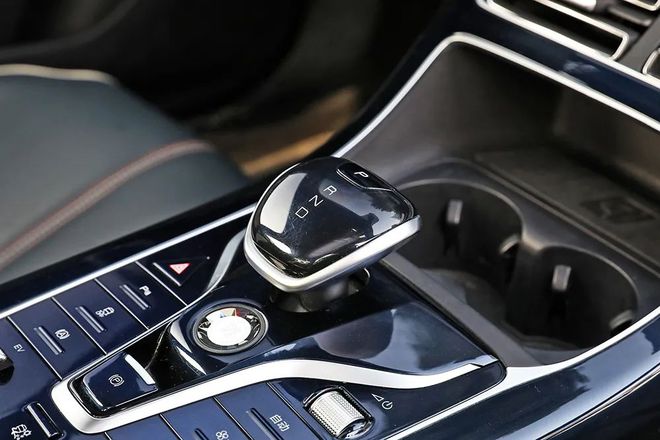
In the case of sufficient electricity, you can treat this car as an electric car most of the time, which is why many people choose this car. The power is given directly and smoothly. There is a slight vibration when the engine is involved, but it is not as obvious as Toyota twin engines. The noise of the engine is well isolated, and it is almost impossible to feel its running condition. The maximum horsepower of the 55km version of the electric hybrid system is 180 HP, and that of the 120km version is 197 HP. The acceleration of 7.3-7.9 seconds per 100km is equivalent to 2.0T power. The chassis is very complete, the suspension support is good, and there is confidence in cornering. However, due to the cost, the spring adjustment is too tough, and the vibration under rough roads is still obvious. Atlas’s tires are average in performance, with excessive tire noise and moderate grip. It is suggested to change into higher-grade tires later to improve the overall driving quality.

Most car owners who choose Qin PLUS DM-i are running for his biggest feature to save fuel. There are two options: 55 km and 120 km in pure electricity state, because it is not cold weather in winter, and there is no excessive attenuation of electricity. This time, I deliberately tried the state of power loss, but I didn’t deliberately save fuel. The fuel consumption per 100 kilometers in hybrid mode is about 3.7-4.0 liters, which is equivalent to the data provided by netizens. What else can I say about this fuel consumption? For this reason, most buyers will choose the 55-kilometer version as an extended-range electric vehicle, and choose their own electricity and oil, which also solves the problem of endurance anxiety of electric vehicles. In addition, the price of the 55 km flagship version of the test drive is 119,800 yuan, compared with the minimum allocation of "two fields" of 130,000-140,000 yuan.

Before the test drive of Qin PLUS DM-i, I really didn’t expect that the progress of plug-in hybrid vehicles with independent brands was advancing by leaps and bounds, combined with brand-new battery management systems and technologies. Although there is still room for optimization in the overall driving experience, the starting price in the early 100,000 yuan can buy such a fuel-efficient plug-in hybrid model, so let’s applaud the progress of our own brands.
Byd Qin PLUS DM-i
Body and drive type:
Front drive, 4-door 5-seat sedan
Engine:
1.5L,I-4,110PS,135Nm
Motor:
Front single motor, 132kW, 316Nm
Battery type:Lithium iron phosphate
Battery energy:8.32/18.32
Transmission:E-CVT
Suspension:
Front/McPherson independence, rear/torsion beam non-independence
Braking:Front/Ventilated Disc, Rear/Disc
Tires:Front/back 225/60r16; Front/back 215/55 R17
Length/width/height:4765/1837/1495mm
Wheelbase:2718mm
Curb quality:1500kg
Official 100 km acceleration:7.3-7.9s
Fuel label:No.92
Tank volume:48L
Comprehensive fuel consumption of Ministry of Industry and Information Technology:0.7-1.2L/100km
Minimum state-of-charge fuel consumption:3.8L/100km
Vehicle warranty:Six years or 150 thousand kilometers
Battery pack warranty:The first owner is not limited to years/mileage.
Date of listing:September 2021
Price:10.58-14.58 million yuan